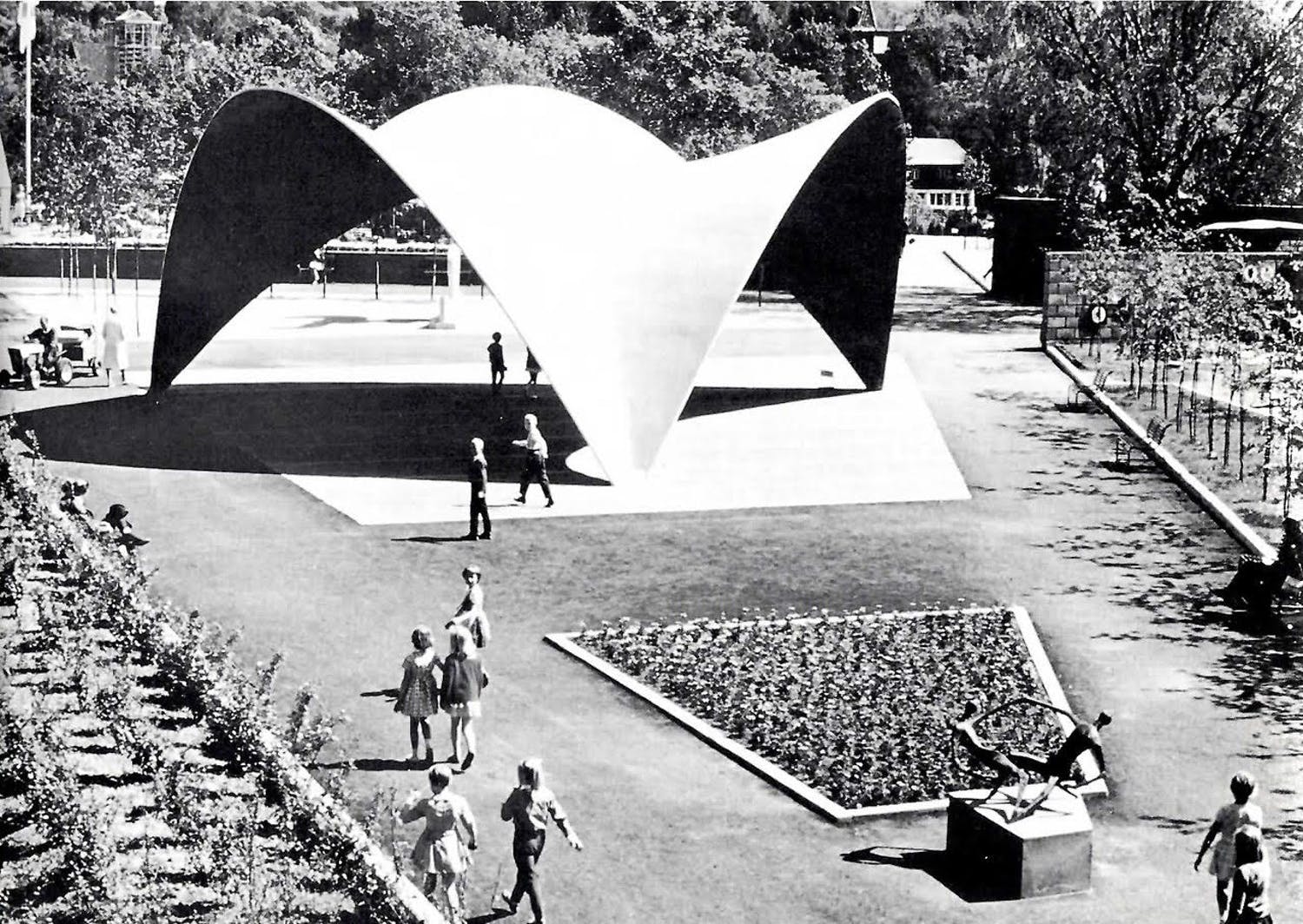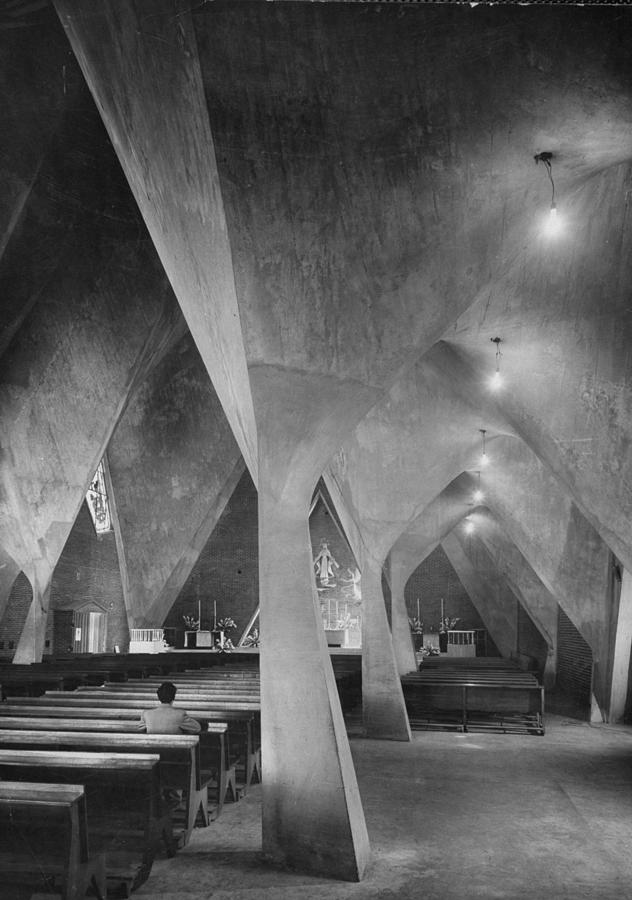

In Chicago’s built environment, parallels to Candela’s work can be seen in the experiments with concrete architecture of the 1960s, including Walter Netsch’s UIC Campus and Bertrand Goldberg’s Marina City. Félix Candela (1910-1997) uno de los arquitectos más prolíficos del siglo XX en sus diseños geométricos avanzados y su influencia duradera en la arquitectura contemporánea.

Famous Candela structures include the Pavilion of Cosmic Rays at UNAM, Mexico City (1951) the Chapel Lomas de Cuernavaca, Cuernavaca (1958) Los Manantiales Restaurant, Xochimilco (1958) and the Palace of Sports for the 1968 Olympic Games in Mexico City. In the 1950s, Candela debuted his experimental signature shell structures by designing a continuous curved surface of minimal thickness. These curved and cantilevered forms were not only structural advancements but also brought new textural and atmospheric qualities to the social and communal spaces they shelter. Born in Spain and exiled to Mexico at the end of the Spanish Civil War in 1939, Candela spent thirty years in Mexico, where he established his career as an architect. His designs evolved as feats of architectural engineering, using hyperbolic paraboloid geometry to create numerous reinforced concrete shells.

In the 1950s, ten years into his practice in Mexico, Candela debuted his experimental signature shell structures by designing a continuous curved surface of minimal thickness. Félix Candela's Concrete Shells: An Engineered Architecture for México and Chicago roots Félix Candela (1910-1997) as one of the most prolific architects of the 20th century in his advanced geometric designs and lasting influence in contemporary architecture.īorn in Spain, Candela exiled to Mexico at the end of the Spanish Civil War in 1939, where he lived for thirty years and established his career as an architect.


 0 kommentar(er)
0 kommentar(er)
